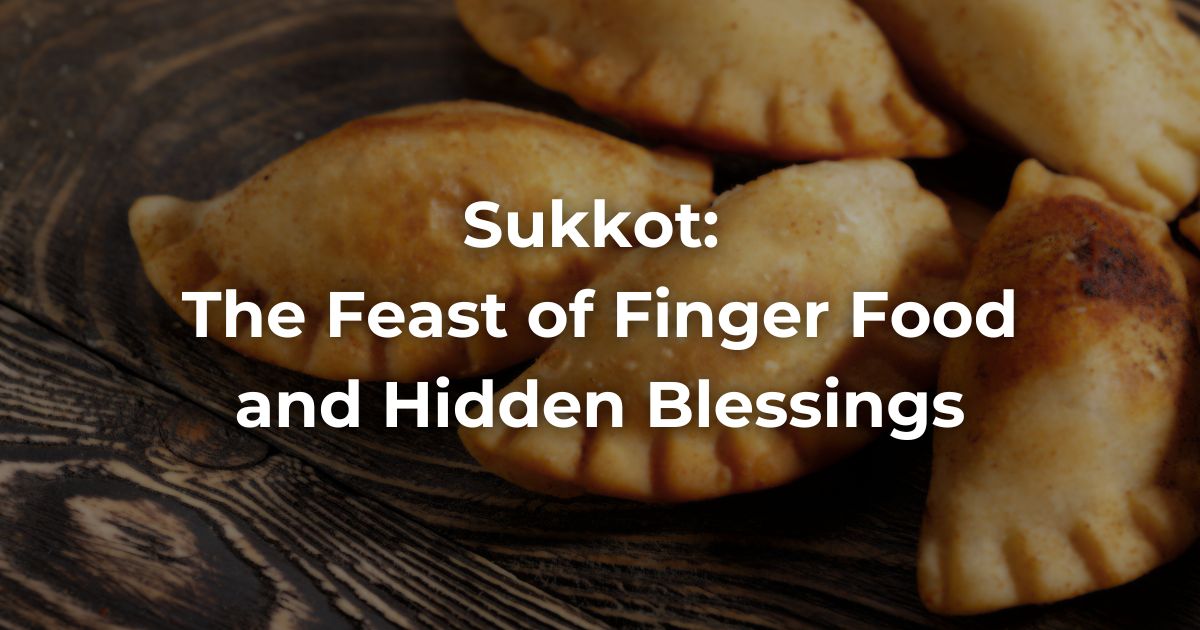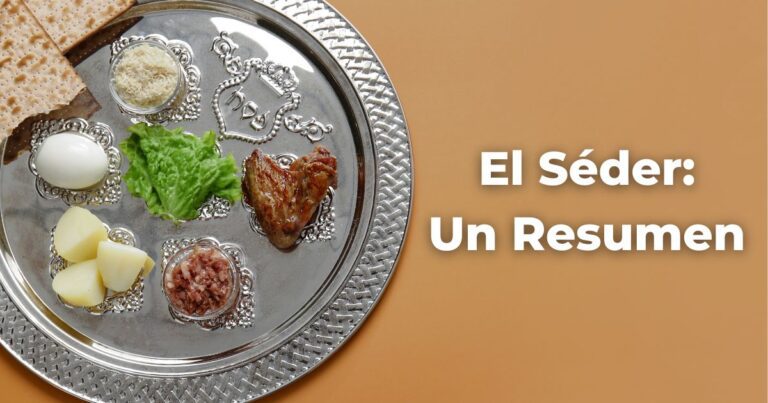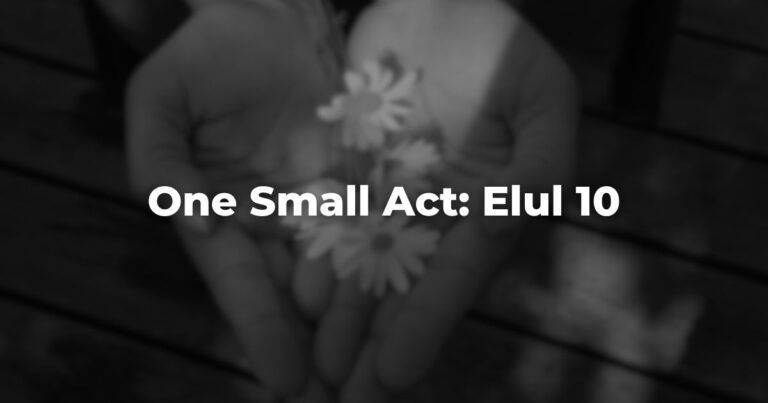Jewish holidays often come with iconic menus, based on symbolic foods or seasonal products: latkes for Hanukkah, matzah for Passover, apples and honey for Rosh Hashanah. But Sukkot is different.
Despite emphasizing meals and hospitality in the sukkah, Sukkot has no central food tradition. Fewer families build personal sukkahs today, which weakens the transmission of food customs as people tend to eat in communal sukkahs. Following the elaborate meals of Rosh Hashanah and Yom Kippur, many tired Jews choose simpler Sukkot celebrations, often catering or sharing finger foods.
Sukkot’s primary culinary association is the popular custom of eating stuffed foods. From knishes to empanadas, Jewish communities have long filled doughs and vegetables during Sukkot. The tradition draws from diverse Jewish cuisines—Ashkenazi, Sephardic, and Mizrahi—contributing to Sukkot’s culinary uniqueness.
This unusual culinary laxity has historical resonances. Sukkot, one of the three pilgrimage feasts, once attracted crowds to Jerusalem for Temple sacrifices and communal gatherings. After the solemn introspection of Rosh Hashanah and Yom Kippur, Sukkot shifts the focus toward collective renewal, agricultural hopes, and street food celebration. This communal, almost “camping” spirit around the Temple resulted in shared meals without strict food traditions—mirroring today’s lack of a defined Sukkot menu.
So why stuffed foods? Though the tradition of eating stuffed foods may arise from practicalities, our sages have imbued it with deeper meanings. Some attribute this custom to the idea that true blessings are often hidden from view and must be discovered, much like the filling of a stuffed pastry. Going even deeper, others compare this tradition to the Sukkah itself: it might appear simple from the outside, but contains a lovely atmosphere of joy and beauty within.
Stuffed foods also symbolize abundance, making them suitable for a festival centered on praying for future abundance and expressing gratitude for past abundance. This is represented by the variety of different fillings and the use of grains, which reflect the late summer harvest that is tied to Sukkot. The last harvest of the season was vital for survival through the winter, and showing gratitude to God by observing Sukkot with dedication was a way to pray for a good winter and fruitful crops for the coming year.
Today, even though we have become detached from the agricultural roots of Sukkot, gratitude and hope for a future filled with abundance continue to be essential aspects of living happier lives. Whether we prepare or purchase knishes, bollos, or empanadas, what truly matters is coming together. We pray, hold onto hope, and seek to uncover the blessings hidden within crispy dough or vegetables as a means to connect with the ShekhinaLiterally translated as “Presence,” while rabbinically, it is a term referring to God’s presence in the world. Its feminine form gave rise to the mystical expression of God’s feminine attributes. Read more, the presence of God in our daily lives.
Potato Knishes (recipe by Sima Kisiliuk z”l)
Dough:
3 cups flour
2 tablespoons oil
1 egg
1 cup water (very cold)
1 tablespoon vinegar
A pinch of salt in the water
Filling:
4 medium onions
6 medium potatoes
Oil for frying
Pepper
Salt
1 tablespoon sugar
Combine all the ingredients for the dough and place in plastic wrap or a plastic bag. Let rest in the refrigerator for at least an hour, or ideally overnight. Then knead with a pasta machine or manually with a rolling pin, as thinly as possible. Cut discs to make the knishes. Fill with the potato mix, brush with egg yolk, decorate with poppy seeds if desired, and bake in a moderate oven until golden brown.
For the filling: dice the onion and fry in plenty of oil, taking care not to burn it. If desired, you can use schmalz (chicken fat) instead of oil. Add the sugar, salt, and pepper to taste. The pepper should preferably be freshly ground. Leave to rest, ideally overnight, so that the onion oxidizes and turns brown. Boil the peeled potatoes and mash them. Mix with the onion.
Cheese empanadas (recipe by Jennie Kuperman z”l)
Dough:
1 jar of Mascarpone cream (250 ml)
⅛ butter
3 cups of flour
A pinch of salt
Filling:
Grated Mozzarella or Gouda cheese
1 egg
Knead everything together and let it rest for two hours in the refrigerator. After rolling it out, cut the discs for the empanadas (12 cm/4.7 in). Add grated cheese with an egg. Brush with egg yolk and bake in the oven.
Chadrasho Burrekas (Recipe by Esther Telias z”l)
Dough:
3 cups plain flour
1 cup self-raising flour
3/4 cup oil
3/4 cup water
1 teaspoon salt
2 teaspoons grated cheese
Filling:
1 large onion, chopped
4 eggplants diced
1 cup diced tomatoes
Salt to taste
½ cup grated Parmesan cheese
Olive oil.
Mix the flours with the salt and cheese and add the oil until everything is well combined. Then add the water until you have a smooth dough that doesn’t stick to your hands. Let it rest for 20 minutes. Heat the olive oil and add the onion. Once soft, add the eggplants and tomatoes, till they soften. Let it rest and then add the cheese. Roll out the dough and cut out 10 cm/4 in discs. Fill them with the eggplant filling, brush with egg, sprinkle with sesame seeds, and bake until golden brown.
Author
-

Journalist. Msc. in Anthropology. She was a fellow in the first cohort of the Exploring Judaism's Writer's Fellowship. South American Rabbinical Student in Europe. Mother of two fantastic daughters. Love to practice yoga, meditate and to cook for family and friends. Currently doing research on food & identity for Phd on Jewish Theology at Paderborn University, Germany.
View all posts




